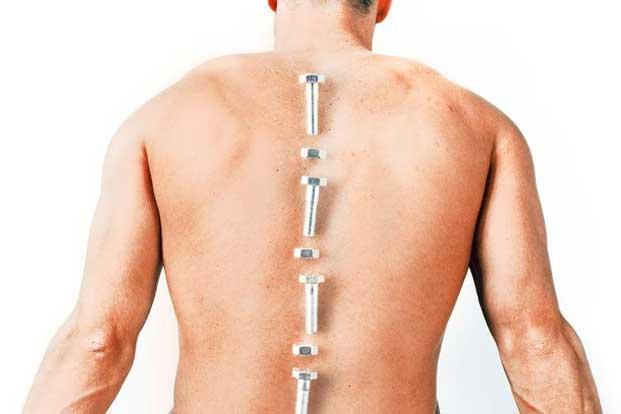Categories
- Bariatric Surgery (11)
- Black Fungus (5)
- Bone Marrow transplant (3)
- Brain Tumor Surgery Navigation Technology (20)
- Cardiac Surgery (66)
- Cardiology (97)
- Computer navigation technology for joint replacements (20)
- Covid Vaccination (17)
- Critical Care (2)
- Dental (19)
- Dermatology (31)
- Dialysis Support Group - “UTSAAH” (11)
- Dietitian (33)
- Emergency Medicine (4)
- Emotional Health (11)
- Endocrinology (33)
- ENT (20)
- Gastroenterology and GI Surgery (53)
- General and Laparoscopic Surgery (21)
- General Surgery (4)
- Gynecology & Obstetrics (183)
- Hematology (20)
- Internal Medicine (294)
- Kidney Transplant (50)
- Kidney Transplantation (20)
- Lung Cancer (8)
- Minimal Invasive Surgery (1)
- Mother & Child (20)
- mucormycosis (5)
- Nephrology (61)
- Neurology (147)
- Neurosurgery (68)
- Nutrition and Dietetics (107)
- Omicron Variant (1)
- Oncology (288)
- Ophthalmology (10)
- Orthopaedics & Joint Replacement (86)
- Paediatrics (59)
- Pediatric Nephrology (3)
- Physiotherapy (5)
- Plastic & Reconstructive Surgery (6)
- Psychiatry and Psychology (90)
- Psychologist (28)
- Pulmonology (72)
- Rheumatology (13)
- Spine Services (21)
- Transradial Angioplasty (16)
- Urology (84)
Query Form
Posted on Apr 19, 2022
Causes, Symptoms and tests of Paraplegia
Paraplegia is a medical condition wherein which an individual suffers from loss of feeling and/or loss of movement in the body. This generally takes place post some injury in the nervous system. Paraplegia may include partial or complete paralysis of legs and/or trunk. The location and severity of damage of the nervous system define the extent of paralysis. Only the lower half of body gets paralyzed in paraplegia whereas, paralysis of the complete body along with arms is called Quadriplegia.

Depending on the location & extent of damage to the nervous system, there are certain patients who are able to resume minimal function. Majority of the patients having paraplegia would have the condition permanently. The treatment is dependent on causes & comprises of rehab & physical therapy mainly.
Causes
Most common reason for paraplegia is an injury or trauma to the nervous system. Other causes are:
- Injury to neck leading to fracture of cervical vertebrae
- Broken or fractured back wherein which lumbar vertebrae get fractured
- Injury to the spinal cord
- Hereditary spastic paraplegia which happens to be a genetic disorder
- Stroke
- It could be congenital e.g. present at birth
- Autoimmune diseases
- Presence of a tumor within spinal cord or constriction of spinal cord
- Spinal cord disorders like the syrinx
- Infection
Symptoms
Symptoms depend on the degree of involvement of the spinal cord
- Patients experience loss of muscle control or movement in legs, toes, feet or trunk.
- Tingling sensation in legs, toes, feet or trunk could be felt as well
- Patients experience loss of sensation in legs, toes, feet or trunk
- Sexual dysfunction
- Bladder & bowel incontinence
Tests
Tests for diagnosing Paraplegia are:
- Medical history & physical exam
- CT Scan for assessing any injury to spine or head
- MRI Scan, wherein which the magnetic waves are used for taking pictures of structures within spine and head
- Blood tests like CBC
- Myelography is a type of X-ray that used an injection of contrast medium to have a clearer vision of spinal cord
- Lumbar puncture is performed wherein a sample of cerebrospinal fluid or CSF is taken from the lower back
- The evoked potential nerve test is made for assessing the pathways of nerve



